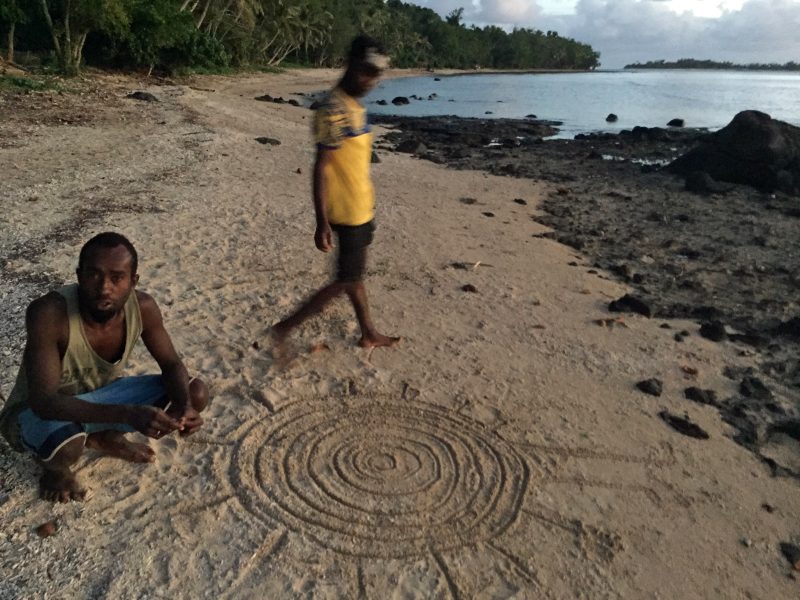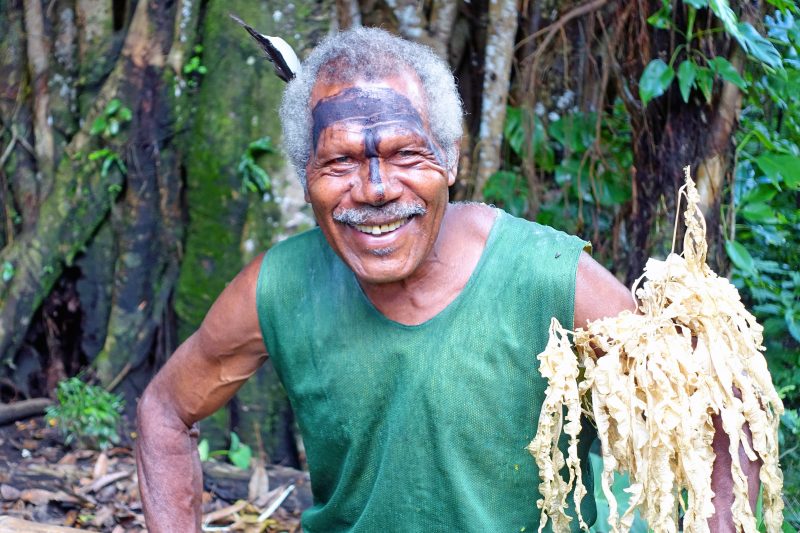14 May 2020
Daylight in traditional societies: lessons for today’s health crisis
We are excited to embark on a long-term study of the importance that daylight holds for indigenous cultures in the Pacific Island nations of Vanuatu and Fiji. We will also seek a greater understanding of the impact of daylight on the quality and cadence of life for these islanders. Our initial impressions suggest there are several lessons that our society could learn from our neighbors in the Pacific while we face the COVID-19 crisis. One is the importance of shifting back to natural rhythms as a way of living life. It seems to us that it is essential that one’s activities be regulated, at least in part, by sunlight and moonlight, and ensure that we get plenty of sleep so that our immune systems can function at optimum levels. This means avoiding, for the moment at least, the late-night work and play made possible by electric light. This might not be practical for all of us, but scientists are now recommending at least 8 hours of sleep as a platform for optimum health.

(Photo by K. David Harrison)
Since 2014, we have studied plant and language diversity in Vanuatu as part of a project known locally as “Plants Mo Pipol Blong Vanuatu” (Plants and People of Vanuatu). All of this work is done in partnership with local communities. As part of the ongoing botanical and linguistic project, we learned about a set of complex cultural knowledge systems relating to weather, navigation, architecture, and sustainability, all domains that are linked to daylight.
For example, the people of Keamu Island in southern Vanuatu were formerly sun-worshippers, and they still practice a variety of plant-based rituals to forecast and influence the weather. A powerful figure known as the “Walking Sun” is depicted to this day in traditional Keamu woven bag designs, clothing, and sand drawings. Their understanding of the interconnections among land, sea, and sky allows them to detect subtle changes in their environment and adapt accordingly.
The people of Futuna Island use a wind compass system that connects weather conditions to the cycle of day and night, allowing them to navigate the ocean on fishing voyages and return safely to their island. This is based on their intimate knowledge of the wind’s currents, which they have carefully cataloged and calibrated to guide their voyage.
The people of Tanna Island also practice weather lore and rituals, and much of this knowledge is held in secret by special practitioners who are believed to have power to influence the weather, winds, and sea.
Another topic of study was the use of what the team calls “calendar plants,” species with flowering and other patterns that are used as cues to direct agricultural or other local practices. For example, the flowering of Boehmeria platyphylla in southwestern Tanna signals to local farmers that it is time to harvest the important food plant taro (Calocasia esculenta). Even the cadence of work life is determined by plants. On Aneityum Island, when the needles of the ubiquitous seaside tree Casuarina equisetifolia start to turn brown, people know that the season of higher temperatures has arrived and that they should not work as hard as they do during other times of the year.

Another thing we have learned from Pacific Island cultures we have worked with is the importance of laughter and joking during the normal course of the day, contributing to their psychological well-being. In this period of social distancing, it is important to maintain a sense of humor and find happiness and laughter as possible. One eminent physician told us to avoid the newspapers and TV news at this time–or at least to limit such exposure to 15 minutes, to avoid compromising mental health and dissolution of the spirit. Researchers have found that laughter, often formalized in indigenous cultures through assignment of a person having the responsibility for making the group laugh, is important to maintaining mental health.
Finally, there is physical health, which is challenging during this time of quarantine and self-isolation. People living in Pacific societies are heavily dependent on the biodiversity in their environment practice many activities involving nature, such as gardening, fishing, house-building, sailing and other activities. This daily physical activity, much of it outdoors and related to subsistence, helps keep people healthy. We hope to gather much more information on this and other daylight topics during our research and look forward to reporting back to the DLA membership in future presentations.


Comments